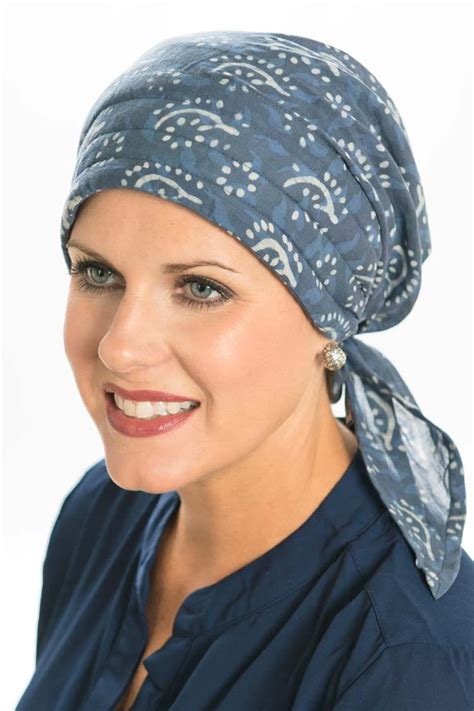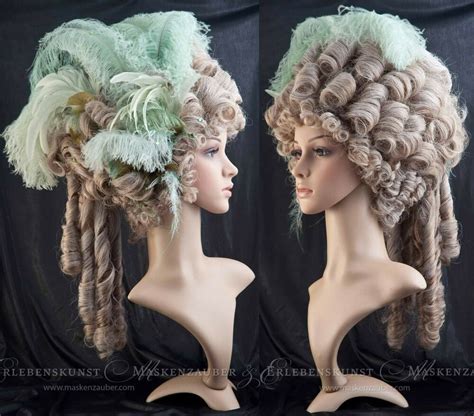Introduction

French powder wigs, an iconic symbol of the 18th century, played a pivotal role in shaping the aesthetics and social hierarchy of the French court. These elaborate hairpieces, made from human hair and meticulously powdered white, represented wealth, status, and a desire for extravagant display. In this detailed article, we delve into the fascinating history, significance, and lasting impact of French powder wigs.
History and Evolution
The origins of French powder wigs can be traced back to the mid-17th century, during the reign of King Louis XIV. Initially, men wore their hair long and flowing, but gradually, wigs became fashionable as a way to demonstrate opulence and sophistication. By the 1720s, powdered wigs had become a standard part of court attire, reaching their peak of extravagance during the reigns of Louis XV and Louis XVI.
Construction and Styles
French powder wigs were typically made from high-quality human hair, often sourced from France or Italy. The elaborate process of wig-making involved carding the hair, weaving it into a base, and shaping it into a variety of styles. These styles varied depending on the social status and personal preferences of the wearer.
Some of the most popular wig styles included:
-
The Fontange: A towering wig worn by women, featuring multiple tiers of curls and ribbons.
-
The Pouf: A voluminous wig worn by both men and women, with hair piled high on the head into a cushion-like shape.
-
The Perruque: A more modest wig worn by men, characterized by a shorter style with curled sideburns.
Significance and Impact
French powder wigs served several important functions in 18th-century society:
-
Social Hierarchy: Wigs indicated the wearer’s social standing; the more elaborate the wig, the higher the rank.
-
Hygiene: Before modern sanitation, wigs helped conceal lice and other hair-related pests.
-
Disease Protection: The white powder used on wigs contained lead, which was believed to have antiseptic properties.
-
Fashion: Wigs became a symbol of fashion and elegance, influencing hair trends throughout Europe.
Lasting Influence
After the French Revolution in 1789, the popularity of French powder wigs declined dramatically. However, their legacy lives on in various ways:
-
Theater and Film: Wigs are still used as props in historical plays and films to convey historical accuracy and ambiance.
-
Costuming: Powder wigs are often used in formal wear and ceremonial occasions to lend an air of elegance and sophistication.
-
Hair Fashion: Modern hair designers continue to draw inspiration from the elaborate styles of French powder wigs.
Practical Aspects
Materials and Maintenance
French powder wigs require special care and maintenance to preserve their condition.
-
Cleaning: Regular cleaning of wigs is essential using a delicate shampoo and conditioner.
-
Drying: Wigs should be air-dried or dried using a cool setting on a blow dryer to prevent damage.
-
Styling: Touching up the wig’s shape and maintaining curls can be achieved using a wig brush and styling products.
Cost and Availability
The cost of a French powder wig varies depending on its size, style, and materials. Vintage wigs can be purchased from antique dealers and online marketplaces, while new wigs can be ordered from wig makers specializing in historical styles.
Conclusion
French powder wigs stand as a testament to the extravagance and artistry of the 18th century. These elaborate hairpieces played a significant role in society, indicating status, concealing hygiene issues, and setting fashion trends. While their popularity may have waned after the French Revolution, their lasting influence is evident in theater, costuming, and modern hair design. French powder wigs remain a captivating glimpse into a bygone era of opulence and sophistication.
Additional Resources
